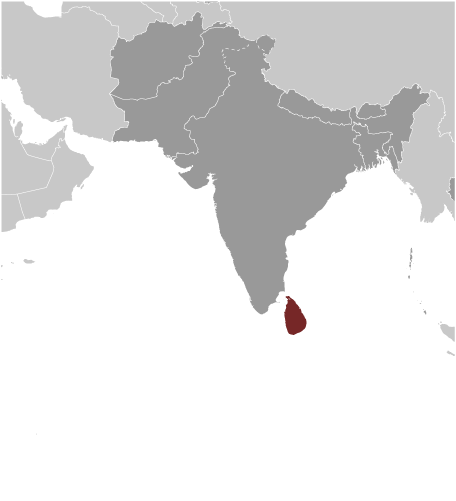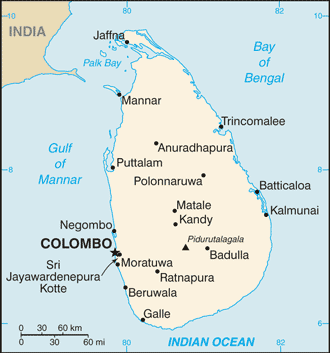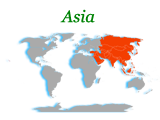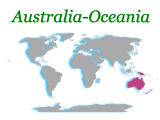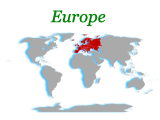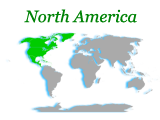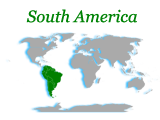The first Sinhalese arrived in Sri Lanka late in the 6th century B.C. probably from northern India. Buddhism was introduced in about the mid-third century B.C., and a great civilization developed at the cities of Anuradhapura (kingdom from circa 200 B.C. to circa A.D. 1000) and Polonnaruwa (from about 1070 to 1200). In the 14th century, a south Indian dynasty established a Tamil kingdom in northern Sri Lanka. The coastal areas of the island were controlled by the Portuguese in the 16th century and by the Dutch in the 17th century. The island was ceded to the British in 1796, became a crown colony in 1802, and was united under British rule by 1815. As Ceylon, it became independent in 1948; its name was changed to Sri Lanka in 1972. Tensions between the Sinhalese majority and Tamil separatists erupted into war in 1983. After two decades of fighting, the government and Liberation Tigers of Tamil Eelam (LTTE) formalized a cease-fire in February 2002 with Norway brokering peace negotiations. Violence between the LTTE and government forces intensified in 2006 and the government regained control of the Eastern Province in 2007. In May 2009, the government announced that its military had finally defeated the remnants of the LTTE and that its leader, Velupillai PRABHAKARAN, had been killed.
Population
21,513,990
Country comparison to the world:55
note:since the outbreak of hostilities between the government and armed Tamil separatists in the mid-1980s, several hundred thousand Tamil civilians have fled the island and more than 200,000 Tamils have sought refuge in the West (July 2010 est.)
Nationality
Noun:Sri Lankan(s)
Adjective:Sri Lankan
Ethnic groups
Sinhalese 73.8%, Sri Lankan Moors 7.2%, Indian Tamil 4.6%, Sri Lankan Tamil 3.9%, other 0.5%, unspecified 10% (2001 census provisional data)
Religions
Buddhist 69.1%, Muslim 7.6%, Hindu 7.1%, Christian 6.2%, unspecified 10% (2001 census provisional data)
Languages
Sinhala (official and national language) 74%, Tamil (national language) 18%, other 8%
note: English is commonly used in government and is spoken competently by about 10% of the population
Country Name
Conventional long form:Democratic Socialist Republic of Sri Lanka
Conventional short form:Sri Lanka
Local long form:Shri Lamka Prajatantrika Samajaya di Janarajaya/Ilankai Jananayaka Choshalichak Kutiyarachu
Local short form:Shri Lamka/Ilankai
Former:Serendib, Ceylon
Government Type
republic
Capital
Name:Colombo
Geographic coordinates:6 56 N, 79 51 E
Time difference:UTC+5.5 (10.5 hours ahead of Washington, DC during Standard Time)
note: Sri Jayewardenepura Kotte (legislative capital)
Administrative divisions
9 provinces; Central, Eastern, North Central, Northern, North Western, Sabaragamuwa, Southern, Uva, Western
Independence
4 February 1948 (from the UK)
National Holiday
Independence Day, 4 February (1948)
Constitution
adopted 16 August 1978, certified 31 August 1978; amended 20 December 2001
Legal system
a highly complex mixture of English common law, Roman-Dutch, Kandyan, and Jaffna Tamil law; has not accepted compulsory ICJ jurisdiction
Suffrage
18 years of age; universal
Executive branch
Chief of state:President Mahinda Percy RAJAPAKSA (since 19 November 2005); note - the president is both the chief of state and head of government; Dissanayake Mudiyanselage JAYARATNE holds the largely ceremonial title of prime minister (since 21 April 2010)
Head of government:President Mahinda Percy RAJAPAKSA (since 19 November 2005)
Cabinet:Cabinet appointed by the president in consultation with the prime minister
(For more information visit the World Leaders website)
Elections:president elected by popular vote for a six-year term (two-term limit); election last held on 26 January 2010 (next to be held in 2016)
Election results:Mahinda RAJAPAKSA reelected president for second term; percent of vote - Mahinda RAJAPAKSA 57.88%, Sarath FONSEKA 40.15%, other 1.97%
Legislative branch
unicameral Parliament (225 seats; members elected by popular vote on the basis of an open-list, proportional representation system by electoral district to serve six-year terms)
Elections:last held on 8 April 2010 with a repoll in two electorates held on 20 April 2010 (next to be held in April 2016)
Election results:percent of vote by alliance or party - United People's Freedom Alliance 60.93%, United National Party 29.34%, Democratic National Alliance 5.49%, Tamil National Alliance 2.9%, other 1.94%; seats by alliance or party - United People's Freedom Alliance 144, United National Party 60, Tamil National Alliance 14, Democratic National Alliance 7
Judicial branch
Supreme Court; Court of Appeals; judges for both courts are appointed by the president
Political Parties and Leaders
All Ceylon Tamil Congress or ACTC [G.PONNAMBALAM]; Ceylon Workers Congress or CWC [Arumugam THONDAMAN]; Communist Party or CP [D. GUNASEKERA]; Democratic People's Front [Mano GANESAN]; Eelam People's Democratic Party or EPDP [Douglas DEVANANDA]; Eelam People's Revolutionary Liberation Front or EPRLF [Suresh PREMACHANDRAN]; Janatha Vimukthi Peramuna or JVP [Somawansa AMARASINGHE]; Lanka Sama Samaja Party or LSSP [Tissa VITHARANA]; Mahajana Eksath Peramuna (People's United Front) or MEP [D. GUNAWARDENE]; National Freedom Front [Wimal WEERAWANSA]; National Heritage Party or JHU [Ellawala METHANANDA]; National Unity Alliance or NUA [Ferial ASHRAFF]; People's Liberation Organization of Tamil Eelam or PLOTE [D. SIDHARTHAN]; Sri Lanka Freedom Party or SLFP [Mahinda RAJAPAKSA]; Sri Lanka Muslim Congress or SLMC [Rauff HAKEEM]; Tamil Eelam Liberation Organization or TELO [Selvam ADAIKALANATHAN]); Tamil Makkal Viduthalai Pulikal or TMVP [Chandrakanthan SIVANESATHURAI, aka "PILLAIYAN"] (paramilitary breakaway from LTTE operating as a political party); Tamil National Alliance or TNA [R. SAMPANTHAN]; Tamil United Liberation Front or TULF [V. ANANDASANGAREE]; United National Party or UNP [Ranil WICKREMASINGHE]; Up-country People's Front or UPF
Political pressure groups and leaders
Liberation Tigers of Tamil Eelam or LTTE [P. SIVAPARAN, Chief of International Secretariat; V. RUDRAKUMARAN, legal advisor]; note - this insurgent group suffered military defeat in May 2009; some cadres remain scattered throughout country;
Other:Buddhist clergy; labor unions; radical chauvinist Sinhalese groups such as the National Movement Against Terrorism; Sinhalese Buddhist lay groups
International organization participation
ADB, ARF, BIMSTEC, C, CP, FAO, G-15, G-24, G-77, IAEA, IBRD, ICAO, ICC, ICRM, IDA, IFAD, IFC, IFRCS, IHO, ILO, IMF, IMO, IMSO, Interpol, IOC, IOM, IPU, ISO, ITSO, ITU, ITUC, MIGA, MINURSO, MINUSTAH, MONUC, NAM, OAS (observer), OPCW, PCA, SAARC, SACEP, UN, UNCTAD, UNESCO, UNIDO, UNMIS, UNWTO, UPU, WCO, WFTU, WHO, WIPO, WMO, WTO
Diplomatic representation in the US
Chief of mission:Ambassador Jaliya Chitran WICKRAMASURIYA
Chancery:2148 Wyoming Avenue NW, Washington, DC 20008
Telephone:[1] (202) 483-4025 through 4028
FAX:[1] (202) 232-7181
Consulate(s) general:Los Angeles
consulate(s): New York
Diplomatic representation from the US
Chief of mission:Ambassador Patricia A. BUTENIS
Embassy: 210 Galle Road, Colombo 3
Mailing address:P. O. Box 106, Colombo
Telephone:[94] (11) 249-8500
FAX: [94] (11) 243-7345
Flag description
yellow with two panels; the smaller hoist-side panel has two equal vertical bands of green (hoist side) and orange; the other larger panel depicts a yellow lion holding a sword on a dark red rectangular field that also displays a yellow bo leaf in each corner; the yellow field appears as a border around the entire flag and extends between the two panels

